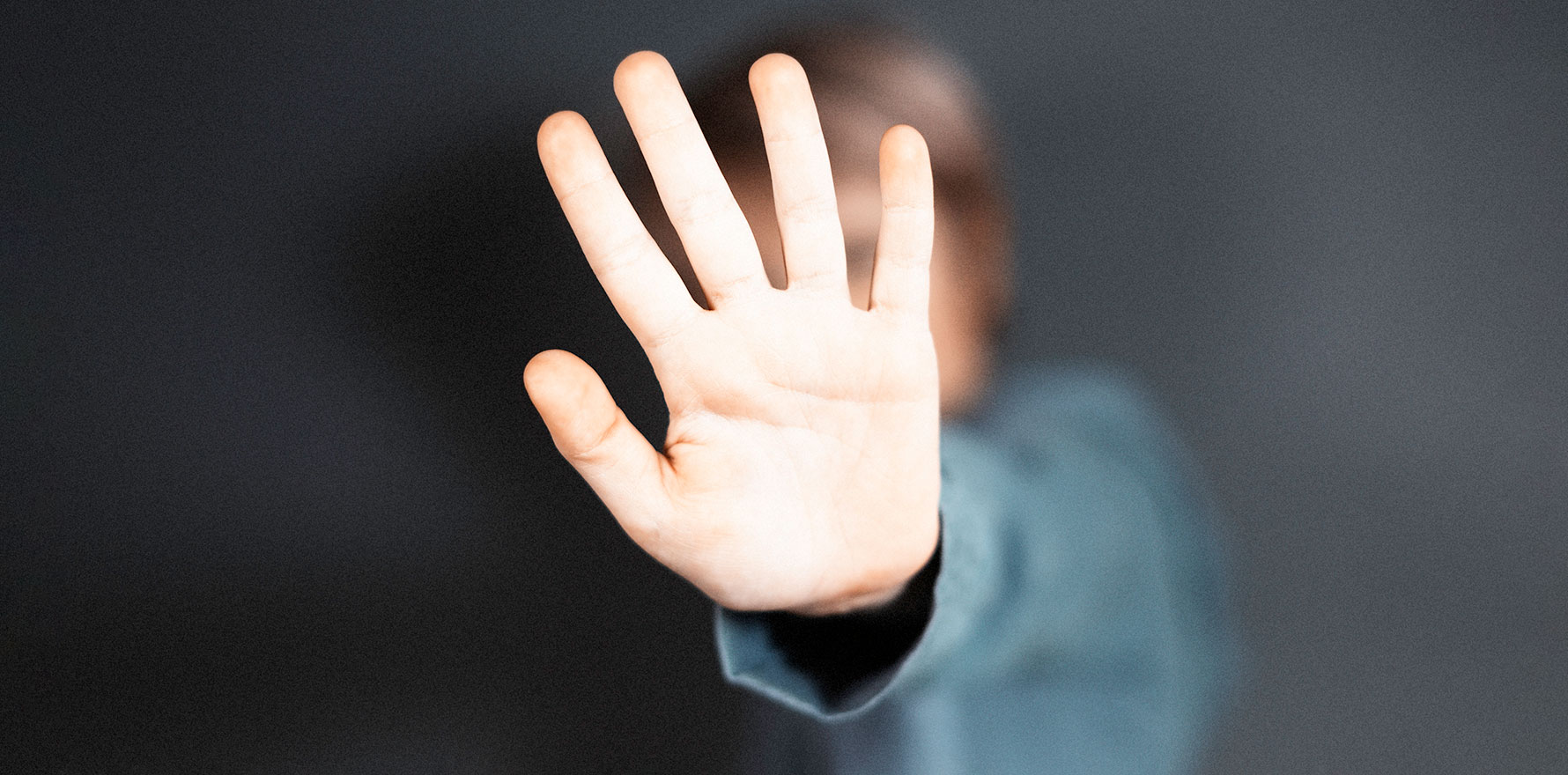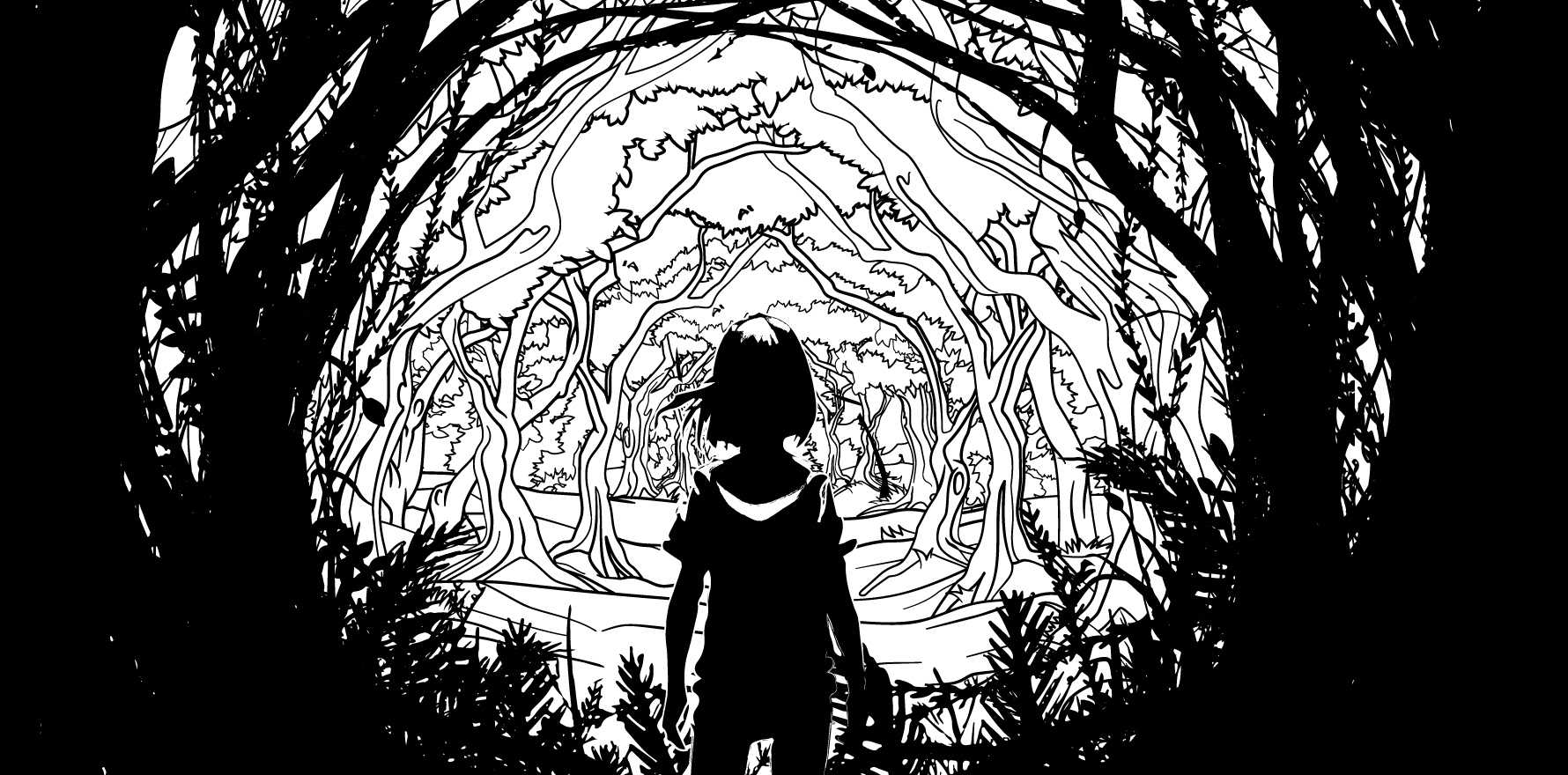A survey gives a startling snapshot of the relationship between gender identity and adverse childhood events.
Transgender and gender-questioning teenagers experience higher rates of sexual and emotional abuse and are far more likely to experience multiple adverse childhood events (ACEs) than their cisgender counterparts.
More than 16,000 US students under the age of 18 were surveyed about their experiences and gender identity in the 2023 national Youth Risk Behaviour Survey. Respondents identified themselves as cisgender (15,111), transgender (555), or gender-questioning (382).
More transgender and gender-questioning respondents reported experiences of mental, physical, and sexual abuse, witnessing intimate partner violence, household substance use, and household poor mental health than cisgender students.
Almost a quarter of transgender respondents and a fifth of gender-questioning students reported experiencing sexual abuse, compared to 6% of the cisgender group.
Roughly 90% of transgender and gender-questioning respondents reported emotional abuse and more than half reported physical abuse. Emotional and physical abuse were reported in 60% and 30% of cisgender students respectively.
Rates of witnessing intimate partner violence in their household was also higher, with twice as many gender-questioning students experiencing this ACE compared to cisgender students.
Related
Between 40% and 50% of transgender and gender-questioning students reported household substance use, compared to less than a quarter of cisgender students.
Not only was the likelihood of experiencing any of these ACEs increased in trans and gender-questioning teenagers, but also the likelihood of experiencing multiple.
Nearly 40% of transgender and gender-questioning respondents experienced four or more ACEs, compared to 16% of cisgender respondents. More than a quarter of cisgender teens reported experiencing no ACEs, while only 3-6% of trans and gender-questioning students could say they experienced none.
The report concluded that transgender and gender-questioning adolescents face higher exposure to ACEs, with most facing emotional and physical abuse, one in five facing sexual abuse, and four in five experiencing multiple ACEs.





